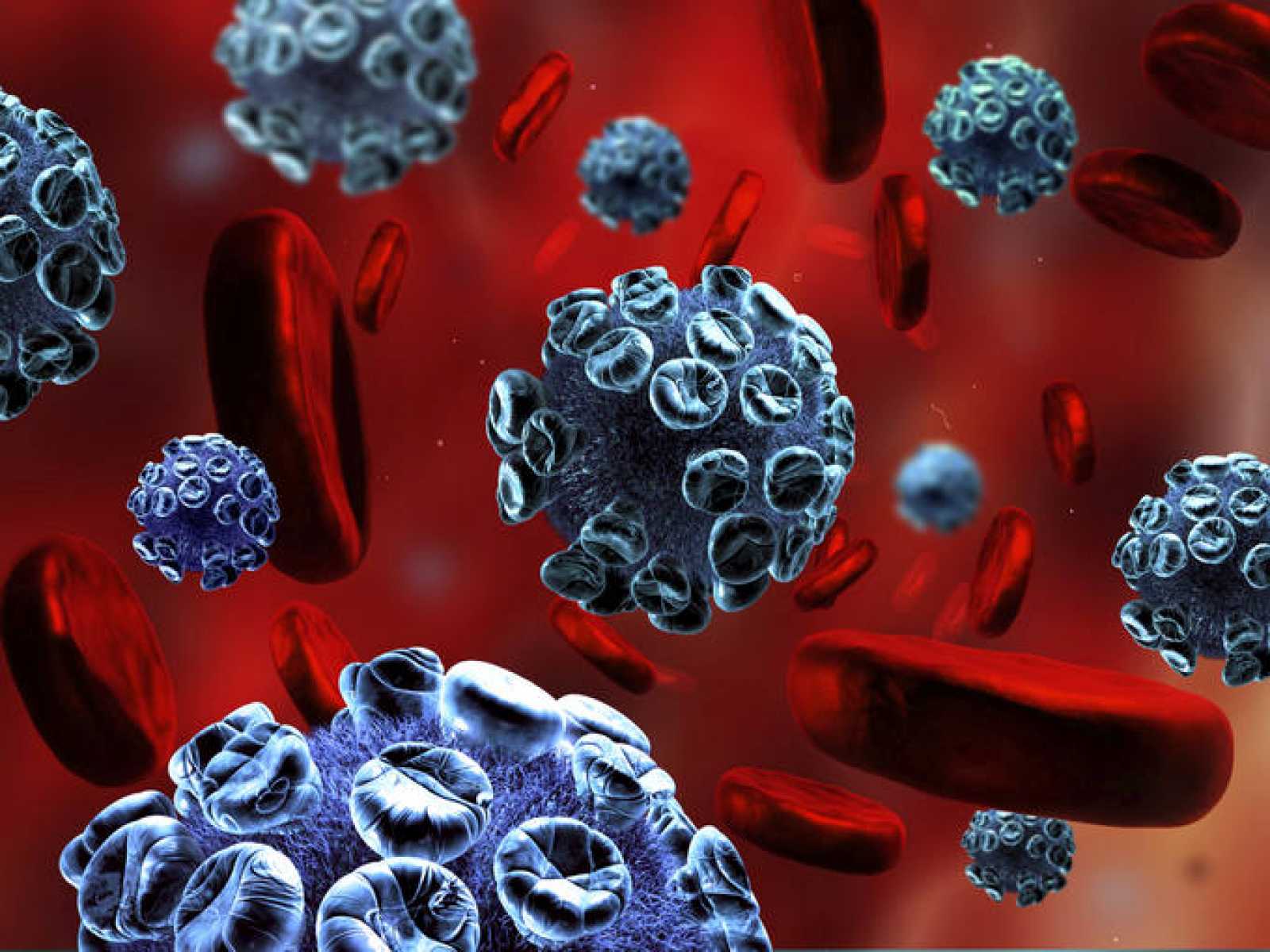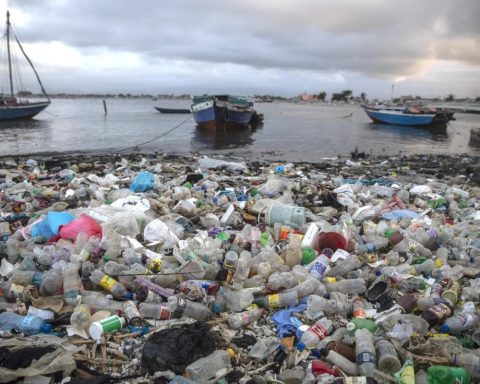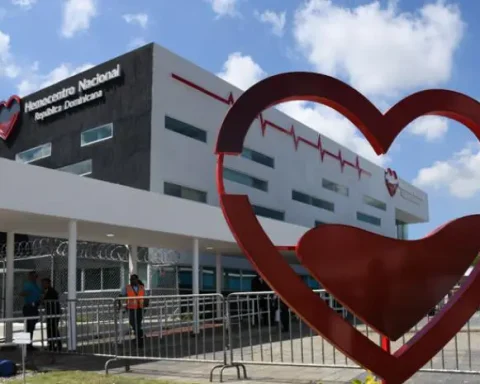Geneva, (EFE).- The evolution of the world has brought about all the factors for the great return of the infectious diseasesto which is added the risk that the way of life adopted by the human being in different latitudes facilitates the emergence of new pathogens and pandemics.
Human mobility, the concentration of populations in urban centers, climate change and the increase in resistance to antibiotics are the key factors in the short and medium-term evolution of infectious diseases, according to public health experts. global.
MORE INFECTIOUS DISEASES
Consulted by EFE, Dr. Sylvie Briand, director of the Department of Epidemic and Pandemic Diseases of the World Health Organization (WHO), says she is convinced that “there will be more infectious diseases and more epidemics.”
The reason is that there are viruses, bacteria or parasites that previously sickened a limited number of people and remained geographically localized, but now they have the opportunity to spread because people move from one place to another in a massive and fast way.
As important as that is the densification of populations in cities, which makes contact between people increasingly closer and creates the ideal situation for the transmission of infectious agents.
One of the most notorious examples of this behavior of the pathogens was the Ebola epidemic that between 2014 and 2016 affected several West African countries and reached (with imported cases) three European countries and the United States, something that had not been seen before. earlier, as outbreaks tended to be confined to limited geographic areas.
A more recent case has been monkeypox (renamed “mpox” by the WHO), a disease of which small and very sporadic outbreaks had been observed, but since May it has spread rapidly and has reached 130 countries.
“This is the typical example of the virus moving from one place to another and showing us that we are all at risk,” Briand reflects.
THE INFLUENCE OF CLIMATE CHANGE
Also other pathogens, such as the parasite that causes malaria, move to places that were not previously affected and in this case the main factor is climate change, since with the increase in temperatures the vector mosquitoes can now survive at higher altitudes. .
Meteorological disasters aggravated by climate change also create favorable scenarios for epidemics, such as cholera, an infectious condition that is relatively easy to treat, but which in contexts of poverty and lack of drinking water in which it emerges quickly becomes deadly.
The WHO reports more than twenty serious cholera outbreaks today, including those in Haiti, Pakistan, Syria and Malawi.
“What we see is that the way that climate change will cause deaths is through the impact of infectious diseases,” said the director of the Global Fund to Fight AIDS, Malaria and Tuberculosis, Peter Sands.
RESISTANCE TO ANTIBIOTICS
Vaccines and antibiotics changed the fate of humanity in relation to infectious diseases, but the phenomenon of antibiotic resistance emerged, a natural consequence of the evolution of pathogens in their effort to survive, but also of the inappropriate use of these drugs in people and animal production.
“If there is an antibiotic that is used for a long time in a population, at some point the pathogens will find a way to escape and we have seen this clearly with the covid variants,” explained the person in charge of the area of pandemics at the WHO.
A sizeable portion of the viruses and bacteria wreaking havoc on global public health are transmitted through the air when a sick person coughs or sneezes, leading to the conclusion that a series of simple prevention measures could help keep all infections at bay. a number of pathogens.
Dr. Briand recalls that these measures are, mainly, staying home when you feel sick -and thus reduce the risk to others-, washing your hands and wearing a mask in specific places (such as hospitals or doctor’s offices).
The gesture of sanitizing your hands should stay with us and public places offer this solution.


















